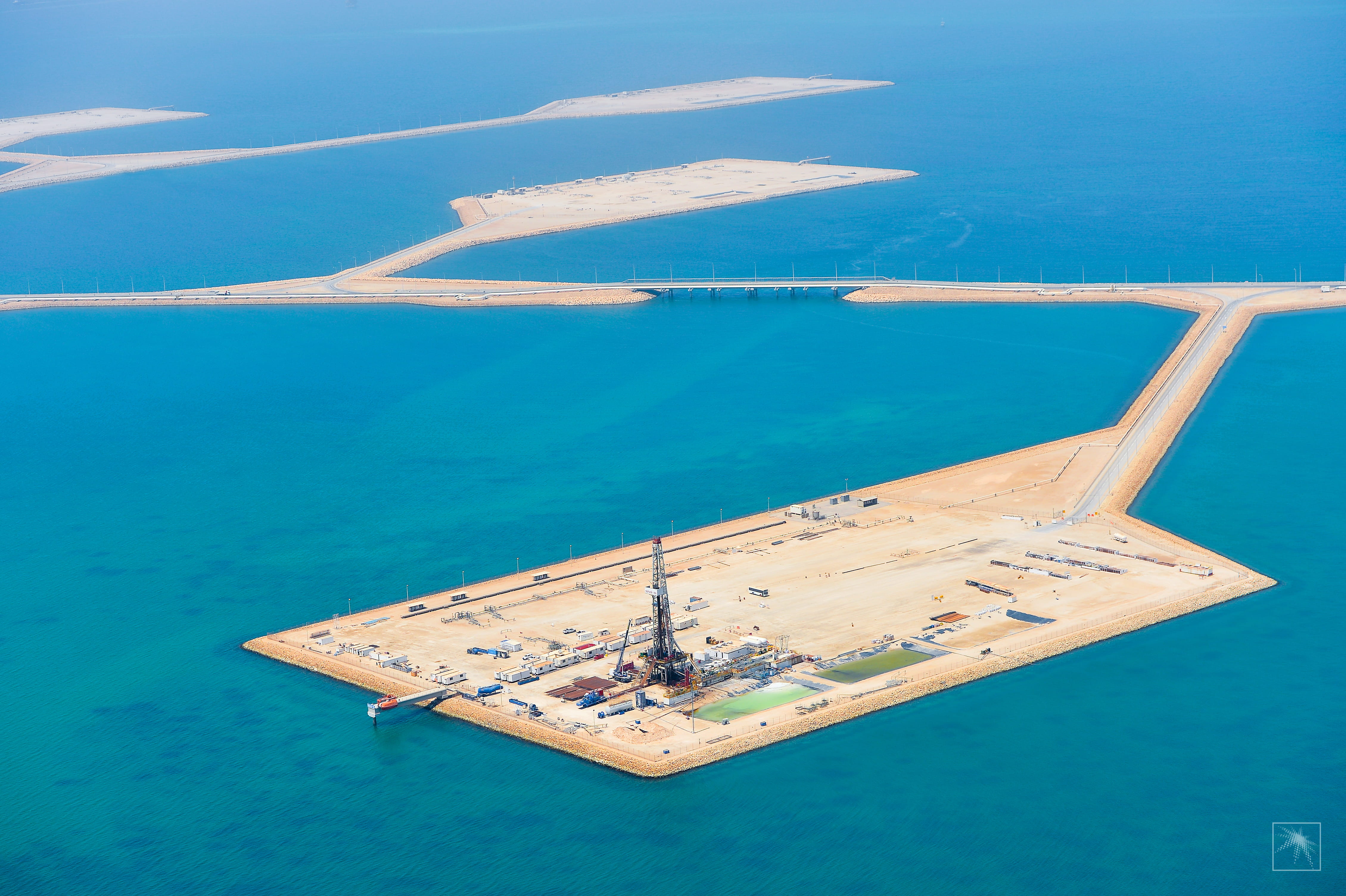A sustainable approach is essential to how we operate, as well as to ensuring that Aramco continues to thrive in the long-term, and remains one of the world’s leading integrated energy and chemicals companies.
It allows the Company to consider how societal and environmental issues affect our day-to-day business, and is a key driver of our strategy as we navigate a global energy transition and the shift towards a lower-carbon economy.
We recognize the scale and urgency of the climate challenge. We are leveraging our operational strengths and our business portfolio to play our part in the energy transition, underpinned by our ambition to achieve net-zero Scope 1 and Scope 2 greenhouse gas emissions across our wholly-owned operated assets by 2050 and our development of lower-carbon energy solutions. This aligns with the Kingdom of Saudi Arabia’s aim to reach net-zero emissions by 2060.

.jpg?cx=0.88&cy=0.39)
